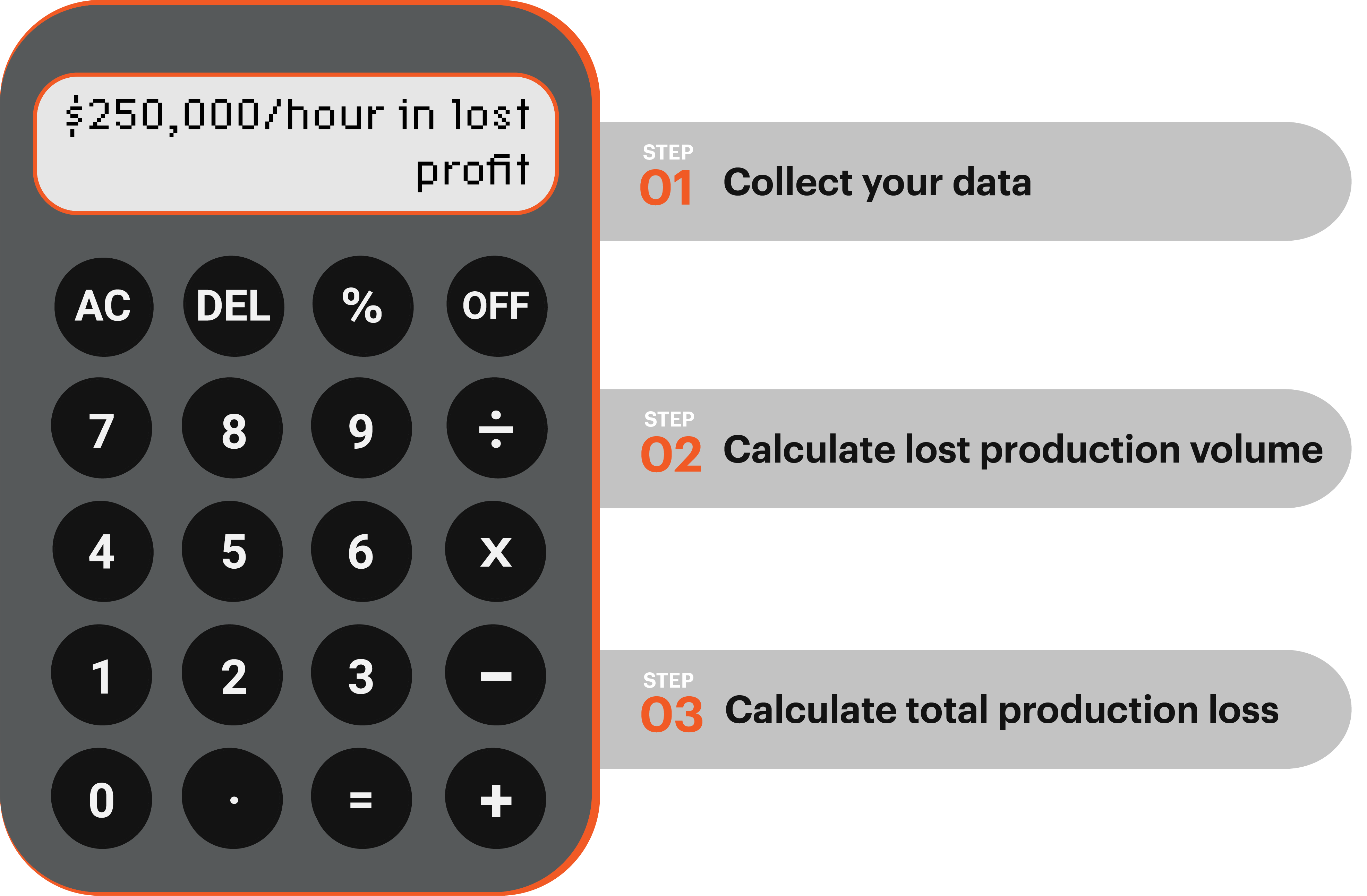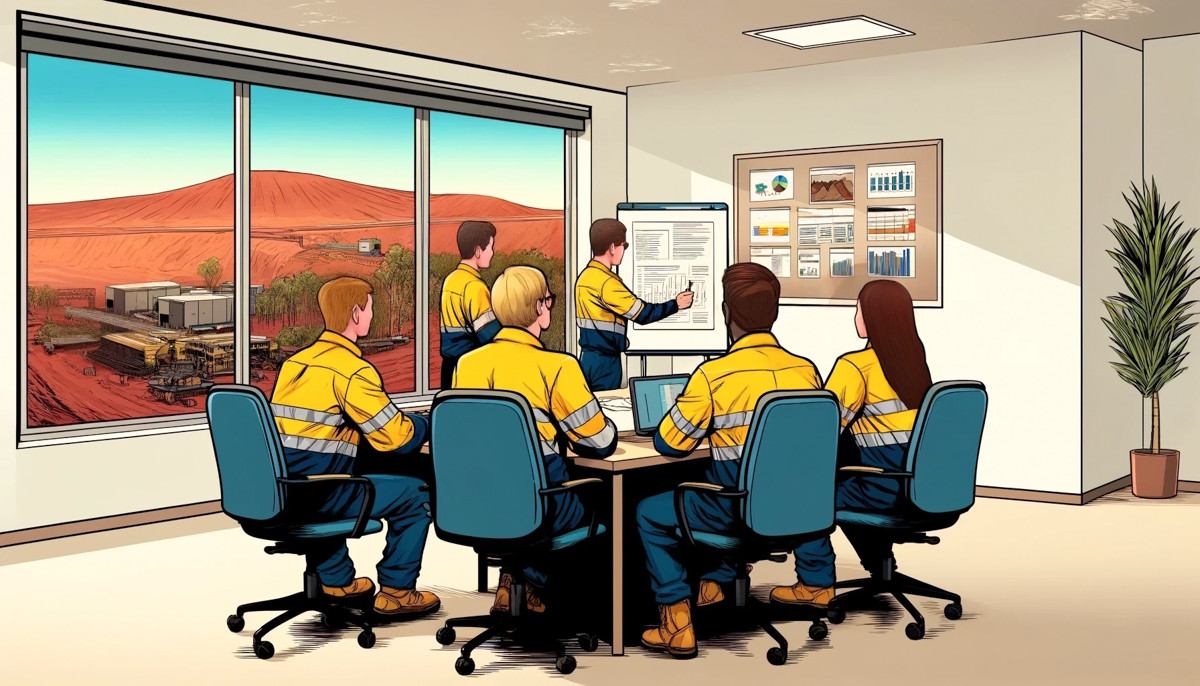As a reliability engineer, you want to make an impact by finding smart upgrades that improve your plant. Once you’ve identified a problem area and researched the best fix, the hardest part can be making a business case to get budget approval for your idea.
That’s why we’ve talked to engineers at different sites for advice on the best way to prepare a business case for reliability improvements.
Follow these four steps, and you’ll build a persuasive business case that management can’t say no to.
Step 1: Work out the total upgrade cost
We assume that you’ve got an upgrade quote ready to go. To make a strong business case, you need to consider three costs:
- The cost of the new piping.
- Equipment and labour cost for installing the new piping. Include things like cranes, scaffolding, and other costs – whatever you will spend to get the old piping out and the new piping in.
- If you plan to replace the piping outside of shutdown, the cost of the unplanned shutdown to your mine.
With this information in hand, you’re now ready to build your business case.
Step 2: Calculate the downtime costs of using the same piping
Next step – calculate what your existing piping costs your plant in downtime.
Look at your breakdown data for the last 1-2 years and work out:
- How often are you replacing piping in your problem area?
- How often are you stopping that area of the plant to fix or bandage spools?
- How much does the equipment hire and labour cost for each re-installation?
This is an important step to get right to create a strong business case. To recommend an upgrade, you want to show that the existing piping is a problem.
 Step 3: Calculate lost production costs
Step 3: Calculate lost production costs
We know the biggest cost of bad piping is downtime. Downtime stops production, which directly impacts your mine’s profits.
But how much does one hour of downtime really cost your operation?
Here’s how you can calculate it for your plant.

Step 1: Collect your data:
- Downtime period – How long was that area of the plant down for?
- Production rate – What is the average throughput in this area of the plant?
- Mineral value – What is the current market or internal company price for your product?
Step 2: Calculate lost production volume
Lost production volume = Downtime period * Production rate
Step 3: Calculate total production loss
Total production loss = Lost production volume * Mineral value
Look at this example from our customer, a reliability engineer at a WA gold mine, who upgraded his site’s gravity circuit piping.
The site used rubber-lined spools that consistently failed within six weeks.
He combined the downtime costs of using the same piping with the total production loss costs. This was the cost of the spools, the install costs, and the cost of lost profit per hour caused by the downtime. (Table 1).
Table 1: The cost of using rubber-lined piping
| Estimated cost of rubber lined spool, changed every six weeks | $40,000/year |
| Estimated cost of install (crane and equipment hire, shutdown and labour costs) | $40,000/year |
| Estimated cost of production stoppage @ $20,000/hour. One hour per changeout. | $160,000/year |
| Total | $240,000/year/spool |
He was able to show management a clear cost of $240,000 per year just to keep one section of piping running.
Factor that in over the entire plant, and there’s a clear case for piping upgrades.
Once you calculate lost production across multiple sections of piping, you’ll be able to show that your site could be losing anywhere from $50,000 to $250,000 per hour.
Step 4: Compile your information and present to management

Now you’ve done the hard work, it’s time to present your findings.
The details will vary depending on your internal processes, but what usually works well is a short presentation or document that outlines:
- Rationale – Why are you upgrading this area of the plant? For example, it might be production stoppage, high labour costs, safety risks, or a push to improve throughput.
- Project Description – Expand on the rationale with any relevant technical details and summarise how you will complete your upgrade. You can include case studies and examples of other mines making the same upgrade – what were their wear life or downtime improvements?
- Status – This is a useful section to quickly list where the upgrade sits internally, is it tentatively improved, does it require management of change or capex approval?
- Challenges and Impacts – Here is the section for the data you collected, what is the downtime costs of using the same piping?
It’s more persuasive to present your data with visuals, statistics, cost-benefit analysis and a clear ROI estimation.
All of this makes a big difference to how persuasive your business case is.
In Summary
After working through the above steps, you will have a clear financial argument to make for improving your slurry piping.
If your business case and presentation go well, you’ll be upgrading your problem area in no time.














